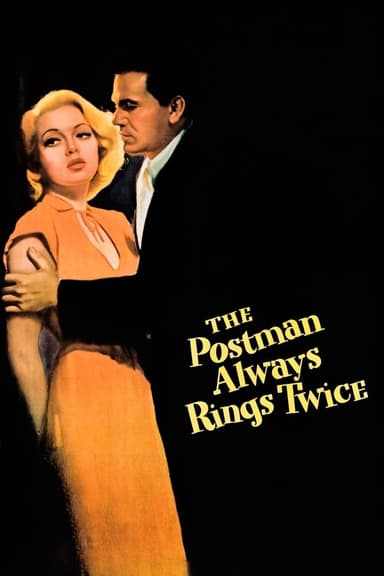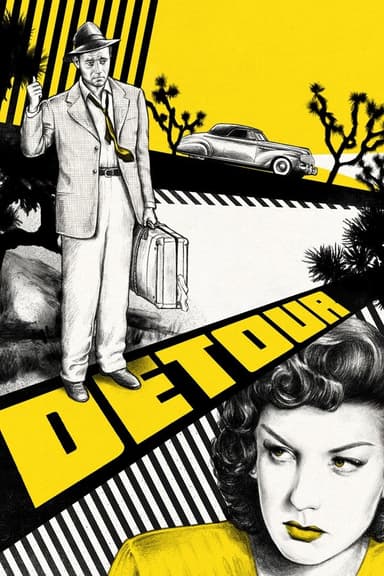
The Gangster
1947 • Crime, Drama, Romance • NR
Based on the novel Low Company. One of the most peculiar film noirs of the 1940s stars Barry Sullivan as a small-time hood who suffers a mental breakdown as his big plans begin to crumble. Beautiful Belita is the slumming society girlfriend who only fuels his paranoia.
Runtime: 1h 24m
Why you should read the novel
If you're intrigued by the story behind The Gangster (1947), consider reading the original novel, Low Company by Jerome Odlum. The book provides a deeper exploration of the characters’ motivations, complexities, and inner conflicts that were only touched upon in the film adaptation. Reading the source novel allows you to immerse yourself in the gritty world of the protagonist, experiencing his downfall and desperation in vivid, nuanced detail that only Jerome Odlum’s writing can deliver.
For fans of classic noir tales and crime fiction, Low Company stands as a powerful literary experience. The novel offers an intimate glimpse into the mind of the anti-hero, blending suspense, psychological depth, and atmospheric tension that goes beyond what’s portrayed on screen. By choosing to read the book, you embark on a journey through the seedy underbelly of crime, drawn in by Odlum’s evocative storytelling and richly rendered settings.
Don’t miss the opportunity to discover the origins of The Gangster movie by exploring Low Company. Uncover the subtleties and emotional resonance that only the novel can provide, adding new layers of understanding to this classic crime narrative. Reading the book lets you appreciate the full scope of the story, offering an experience that the film, constrained by its run time, cannot fully encompass.
Adaptation differences
One of the principal differences between The Gangster film and its source novel, Low Company, lies in the depth of character development. The book by Jerome Odlum delves further into the psychological struggles and personal motivations of the main character, exposing the raw vulnerabilities and inner turmoil that the movie can only briefly hint at. This extra dimension found in the novel adds richness to the protagonist’s journey, allowing readers to form a more profound understanding of his choices and ultimate fate.
A second key difference is the atmosphere and level of realism. While the film adaptation is celebrated for its stylized cinematography and moody noir visuals, the book paints a grittier and more immersive picture of the criminal world. Odlum’s descriptions are vivid and nuanced, offering readers the texture and complexity of life in the underworld—details that are necessarily condensed or stylized for cinematic purposes.
Additionally, the plot structure and pacing differ significantly between the two mediums. The movie streamlines and alters certain events for dramatic effect, trimming subplots and secondary characters present in Low Company to fit the limitations of a standard film runtime. This results in a more focused but less expansive narrative compared to the book, where multiple storylines interweave to enrich the main plot and contribute to a more comprehensive portrayal of the environment.
Finally, the tone and message can diverge, with the novel providing ambiguous moral shadings and psychological ambiguity, whereas the film often gravitates toward more melodramatic and clear-cut resolutions. Choosing to read Low Company in addition to watching The Gangster grants you a fuller understanding of the story’s complexity, broadening your appreciation of Jerome Odlum’s original vision and the adaptation’s unique interpretation.
The Gangster inspired from
Low Company
by Jerome Odlum










